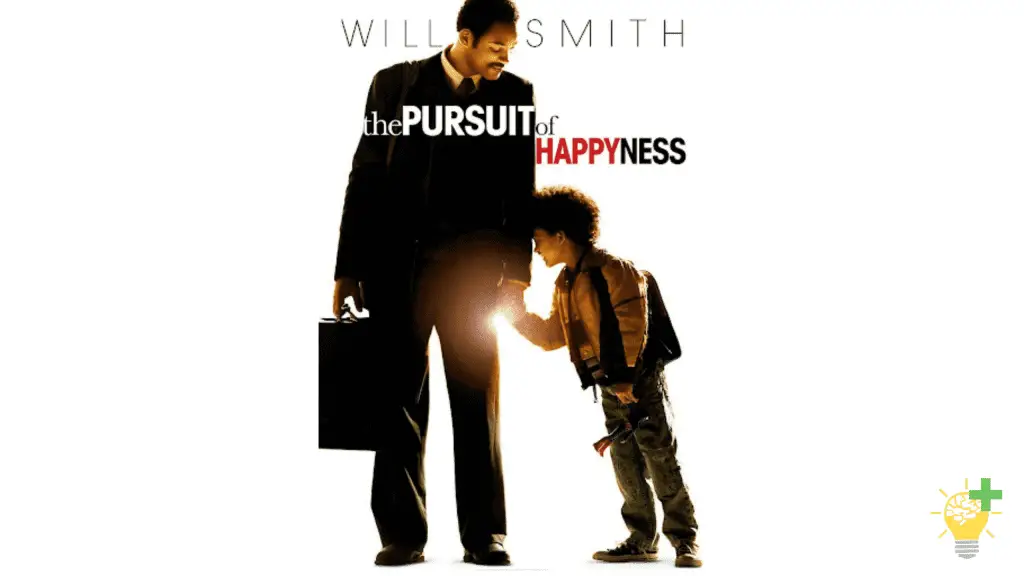Many people are familiar with the Pareto principle or 80/20 rule and productivity application, particularly in economics. However, not many people see the correlation between an economic model and a romantic relationship or marriage.
Exactly what is the 80 20 rule in marriage? What does it mean? And does the 80 20 rule actually work in relationships, specifically in marriages?
There are a few different ways to interpret the 80 20 rule in marriage. While the interpretations vary, the good news is that you can enjoy the best marriage ever if you understand how the principle applies to relationships. It will help you focus on the right things and enable you and your partner to work through your individual baggage.
Vilfredo Pareto may have been a 19th-century Italian economist whose observation helped boost production all over the world, but his principle doesn’t just stop at helping businesses. It also works in almost all aspects of life, including how we use our time, our exercise regimen, and how we spend our money.
More and more people now realize that the Pareto principle can also help to strengthen relationships or marriages.
But why is the 80 20 rule important in marriage, and how exactly can you apply it for a healthy relationship? I’ll get into all of that in a bit right after answering the question: what is the 80 20 rule in marriage?
What Is the 80 20 Rule in Marriage?
Pareto suggests that 20% of all efforts or inputs account for 80% of results or outcomes.
Here’s a simple example to illustrate the principle. If you have ten friends, you most likely don’t spend the same amount of time with all of them. You probably spend about 80% of your time with two of your closest buddies and 20% of your spare time with the other eight.
In terms of marriage, some people interpret the 80 20 rule to mean that you can’t get 100% of your happiness from marriage or your spouse. A large percentage (about 80%) will come from your union with your spouse, and the remaining 20% comes from yourself or other sources.
Whether or not this perspective is correct is debatable, especially in a relationship like a monogamous marriage.
Here’s how I like to interpret the 80 20 rule in marriage (and I believe it is a more helpful perspective):
Twenty percent of all the problems in your marriage account for 80% of all the frustrations you experience.
Think about it for a minute, and you’ll see that it makes perfect sense. If you reflect on most of the annoyances and dissatisfactions in your marriage, you’ll discover that they are easily traced to only a couple of causes.
Unfortunately, many couples focus on the annoyances or frustrations, blowing them out of proportion and eventually hurting their union. When you understand the 80 20 rule, you can narrow down the issues and nip them in the bud.
Attempting to tackle the many frustrations in marriage without a good understanding of the 80 20 rule is like trying to mop the floor while the tap is left running. It will be nearly impossible to mop the floor dry because the water on the floor (80% of the problem) isn’t the main problem.
The running tap (20% of the problem) is the actual problem. Once you turn off the tap, the rest of the issues will be a walk in the park.
Applying the 80 20 Rule in Marriage

It is normal for couples to experience hiccups in their relationship, especially in the first few years of marriage. Sometimes, it can feel as if you don’t really know your partner as you thought or are gradually drifting apart.
But this feeling that your union is coming to an end might simply be because your attention is on “80% of the outcome” instead of focusing on “20% of the input.”
To apply the 80 20 rule in marriage:
- Shift your attention away from all the small issues and frustrations that bother you.
- Focus on the root cause of the problems you experience.
Nearly every other thing will fall into place once you apply these steps.
Here’s an example.
You might feel neglected by your spouse. This is a major issue, but it is only 20% of the problems in your marriage. However, it can show up in many ways so that it becomes 80% of the issues in your home.
In this case, neglect shows up in the following ways:
- Your partner spends all of their free time watching TV, scrolling through social media, or playing video games.
- Your spouse often comes late from work.
- Your partner spends more time with friends than you.
- Your spouse often says they are tired or quickly fall asleep once they get to bed.
All of these boil down to the same thing: your significant other neglects you. That is the root cause of the problem – it is the 20 percent that’s causing 80 percent of all the other problems.
Once you can identify 20 percent of the problem and fix it, most of the other issues in your marriage will take care of themselves.
Why Is the 80 20 Rule Important in Marriage?
There’s hardly anything like a match made in heaven when it comes to marriage, no matter how perfect the union appears to be.
All marriages have ups and downs, and assuming otherwise is setting yourself up for a huge disappointment and frustration.
For this reason, it is important to adopt a more productive approach to tackling issues that will crop up now and again. Getting to the root cause, using the 80 20 rule, can save you a ton of frustration and allow you and your spouse to enjoy a happier marriage.
Should You Follow the 80 20 Rule?
Ultimately, the choice to use the 80 20 rule in your marriage is yours to make. Applying the principle in your marriage can help you understand what matters in your union and how best to deal with the occasional issues that come up.
And while you are still here, I invite you to check out this post to gain insights into the common reason marriages succeed or fail and tips for a happy marriage.




